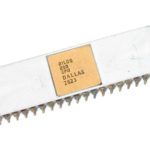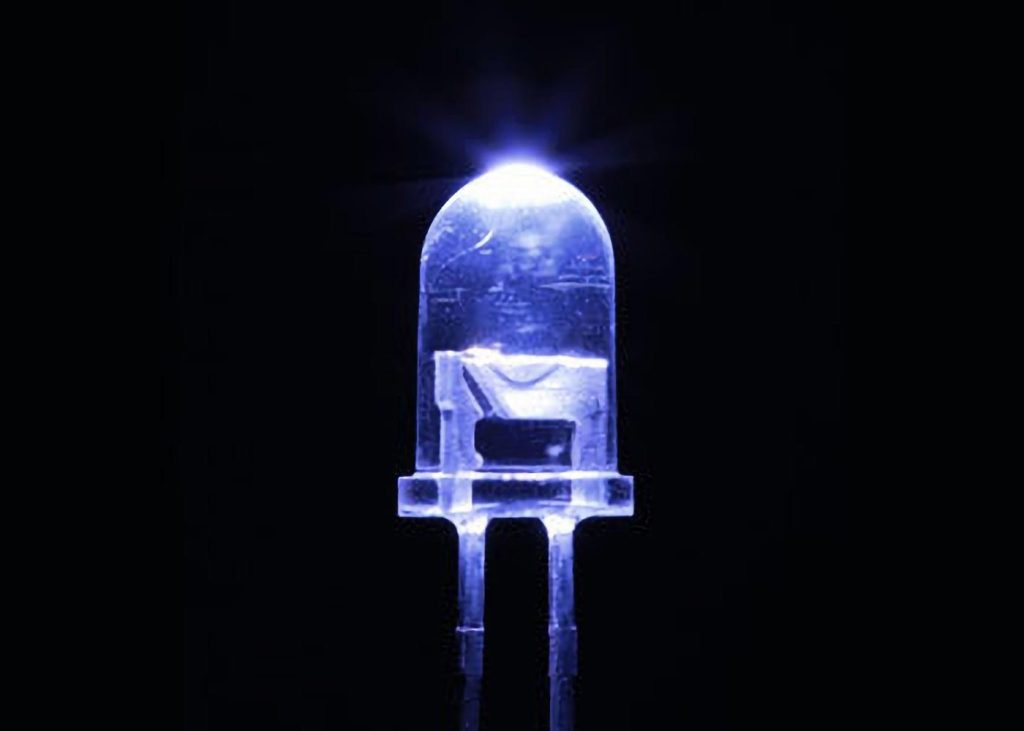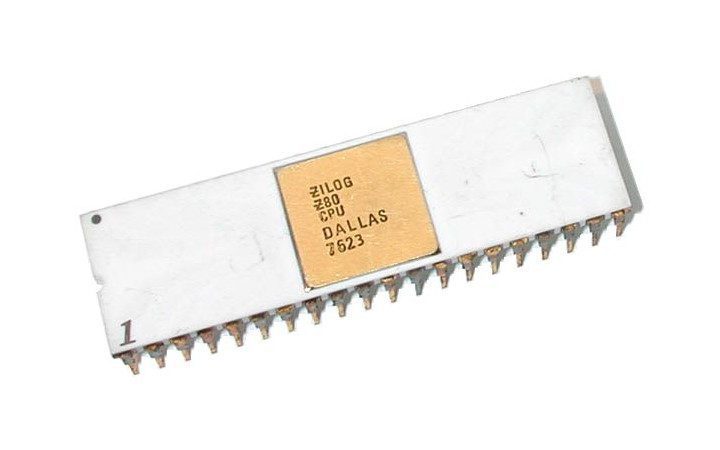Afbeelding 1: De meeste LED’s zenden zichtbaar licht uit, maar natuurkundigen van RIKEN hebben een LED ontwikkeld die in een smal gebied in verre ultraviolette stralen uitstraalt en veilig is voor mensen, maar dodelijk voor virussen en bacteriën. tegoed: RIKEN
Een krachtige LED-lamp kan oppervlakken efficiënt desinfecteren en tegelijkertijd mensen veilig houden.
Natuurkundigen van RIKEN hebben een zeer efficiënte LED-lamp ontworpen die antimicrobieel en antiviraal is, maar veilig voor mensen. Op een dag zou het landen kunnen helpen om uit de schaduw van epidemieën te komen door ziekteverwekkers te doden in kamers vol mensen.
Ultraviolette kiemdodende lampen zijn zeer effectief in het doden van bacteriën en virussen. Ze worden zelfs routinematig gebruikt in ziekenhuizen om medische oppervlakken en instrumenten te steriliseren.

Masafumi Jo en twee collega’s hebben een LED-lamp ontworpen die de samenleving helpt beschermen tegen epidemieën. tegoed: RIKEN
Lampen van dit type kunnen worden gemaakt met behulp van LED’s, waardoor ze energiezuinig zijn. Deze LED-lampen produceren echter ultraviolet licht in een bereik dat schadelijk is[{” attribute=””>DNA and therefore cannot be used around people. The search is on to develop efficient LEDs that shine light within a narrow band of far-ultraviolet light that appears to be both good at disinfecting while remaining safe for people.
Germicidal LED lamps that operate in the absence of humans are often made from aluminum, gallium, and nitrogen. By increasing the amount of aluminum they contain, these LEDs can be modified to work in a wavelength region that is safe for humans. This approach has been used before but has resulted in dramatically reduced power.
To work through this issue, three physicists at RIKEN Quantum Optodevice Laboratory, Masafumi Jo, Yuri Itokazu, and Hideki Hirayama, created an LED with a more complex design. They sandwiched together multiple layers, each containing slightly different proportions of aluminum. In addition, in some layers they also added tiny amounts of silicon or magnesium.
This effectively created an obstacle course for electrons, hindering their movement across the material and trapping them for longer in certain areas. This resulted in an increased amount of light emitted by the device and a reduced amount absorbed by it.
The team used computer simulations to model all possible effects to help pin down the ideal design. “We then grew samples to see if it was effective or not,” Jo says. Precisely controlling the thickness of each layer was the biggest experimental challenge. They ended up with an LED operating in the far ultraviolet, with an output power almost ten times higher than their previous best.
The COVID-19 pandemic brought a new consciousness of the importance of being able to eradicate viruses and microbes on surfaces. “We trust that our findings and technologies will be very useful for safeguarding society against this and future pandemics,” says Jo.
Jo adds that the trio will strive to improve their LED’s performance even further. “There’s still much room for improvement in the output power and the power efficiency,” he notes.
Reference: “Milliwatt-power far-UVC AlGaN LEDs on sapphire substrates” by Masafumi Jo, Yuri Itokazu and Hideki Hirayama, 25 May 2022, Applied Physics Letters.
DOI: 10.1063/5.0088454

“Amateur-organisator. Wannabe-bierevangelist. Algemene webfan. Gecertificeerde internetninja. Fanatieke lezer.”










More Stories
NASA's Juno-sonde legt verbluffende beelden vast van Jupiters vulkanische maan Io (video)
Deze actieve vulkaan op Antarctica spuugt echt goudstof
“Devilish Comet” 12P/Pons-Brooks is op weg naar de zon. Zul jij overleven?